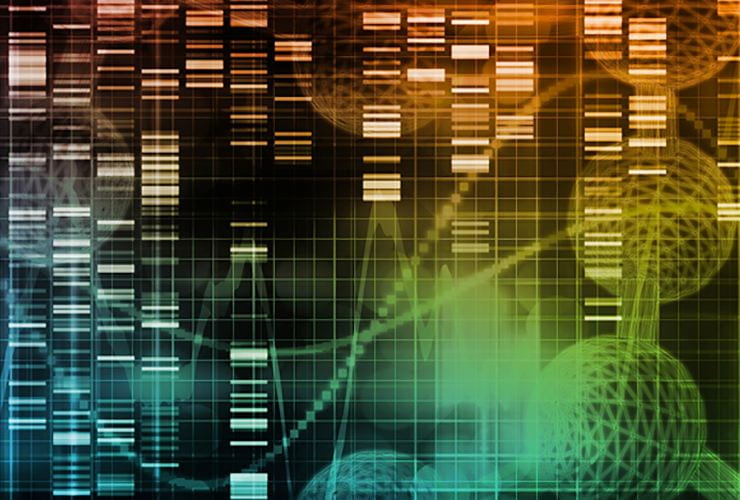
Multi-disciplined faculty researchers form nucleus of re-energized research center
The Center for Integrative Genomics (CIG) isn’t new. It just feels that way.
“We’re rebooting,” says CIG Director Greg Gibson, professor in the Georgia Institute of Technology’s School of Biology and faculty member of the Parker H. Petit Institute for Bioengineering and Bioscience. “We’ve got critical mass now, so the time is right for a reboot.”
Gibson is kind of like a head football coach rebuilding his game plan around a new combination of talented core personnel. But instead of a multi-threat quarterback, nimble wide receivers, and tenacious offensive linemen, CIG is counting on a diverse team of biologists, engineers, and other researchers to carry out work that can impact the future of medicine.
“Over the past several years we’ve attracted about half a dozen people who have expertise in quantitative genetics and analysis of human genomes, and that’s in addition to another half a dozen who were already here,” says Gibson.
The CIG team is comprised mostly of faculty from the School of Biology, including Gibson, King Jordan, Joe LaChance, Annalise Paaby, Todd Streelman, Fred Vannberg and Soojin Yi. CIG’s other faculty members are Melissa Kemp, Peng Qiu, Eberhard Voit, and May Wang from the Wallace H. Coulter Department of Biomedical Engineering.
Gibson’s research collaborators include the Predictive Health Institute and multiple pediatric autoimmune disease experts at Emory University, the Georgia Tech Center for Computational Health (headed by Jimeng Sun and Jim Rehg in the School of Computational Science and Engineering), and Bruce Weir’s statistical genetics team at the University of Washington. Other CIG investigators similarly engaged in dozens of national and international collaborators are expanding the reach of the Center.
They bring a wide range of interest areas and skillsets to the CIG mix, including but not limited to bioinformatics, machine learning, single-cell imaging, computational modeling, the evolution of behavior, infectious disease, human population genetics, cardiovascular disease, electronic medical records, and cryptic genetic variation, or CGV, which refers to the unexpressed, bottled-up genetic potential that can fuel evolution – nature’s curveball, served up under abnormal conditions, and a concept that interests researchers like Gibson and Paaby, for example.
“It’s not a theme you find commonly in human genetics right now,” says Gibson. “But it’s something we feel is a very important part of personalized medicine.”
Gibson figures that the CIG’s multi-disciplined team of pioneering scientists and engineers will also serve as an excellent recruiting tool – to attract graduate students, as well as future grant opportunities.
“We have a strong nucleus to carry out the real objective of the center, which is to provide a genetics focus for the systems biology and genomics initiatives on campus. It’s pretty much what I envisaged when I first got here,” says Gibson, who came to Georgia Tech in 2009 following a professorial fellowship at the University of Queensland in his native Australia.
“Genetics is a big part of contemporary biology,” he adds. “And if we’re looking ahead, it’s a big part of anything to do with predictive health and personalized medicine.”
Contact:
Jerry Grillo
Communications Officer II
Parker H. Petit Institute for
Bioengineering and Bioscience
